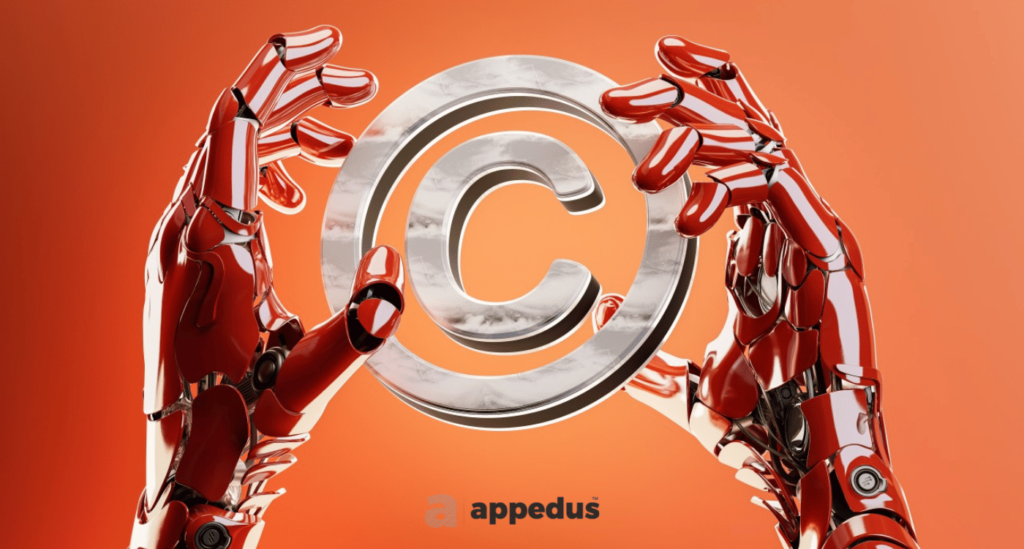In the rapidly evolving landscape of artificial intelligence (AI), the intersection with intellectual property (IP) law has become a focal point of discussion and contention. Recent developments, such as the alterations to the terms of service by Midjourney, an AI startup specializing in image and video generation, underscore the complex relationship between AI technology and copyright protection.
Midjourney’s Policy Shift: Implications for AI and IP
Last week, Midjourney quietly modified its terms of service, signaling a shift towards more legally sound language regarding IP disputes. While seemingly innocuous, this alteration reflects Midjourney’s confidence in AI vendors prevailing in legal battles over the use of copyrighted material in training data. The crux of the matter lies in the application of the fair use doctrine, which permits the transformative use of copyrighted works. However, conflicting interpretations persist, especially concerning the extent to which AI models can reproduce and replicate training data.
Generative AI models like those developed by Midjourney rely on vast datasets, often sourced from publicly available sources, to train their algorithms. Despite claims of fair use protection, concerns regarding the veracity of such assertions persist, particularly in light of studies demonstrating the phenomenon of model “regurgitation” of training data. This has prompted some AI vendors to adopt proactive measures, such as licensing agreements with content creators or implementing opt-out mechanisms for data usage.
Midjourney’s Approach and Industry Ramifications
Contrary to these proactive measures, Midjourney has adopted a more audacious stance, openly utilizing copyrighted material without prior consent. Reports indicate the inclusion of works from renowned artists and popular media franchises in Midjourney’s training data, raising significant legal and ethical questions.
While Midjourney’s revenue reportedly surpasses $200 million, its cavalier approach to copyright law exposes it to substantial legal risks. Should courts rule against the applicability of fair use, Midjourney faces potential financial ruin, highlighting the precarious balance between innovation and legal compliance in the AI industry.
Notable Developments in AI
Amidst these legal discussions, the AI landscape continues to witness noteworthy advancements and challenges:
AI in Molecular Research
AI technologies are revolutionizing molecular research, offering insights into molecular dynamics and structure-activity relationships. Microsoft’s ViSNet model and initiatives to predict COVID-19 variants exemplify AI’s potential in addressing complex scientific problems.
Environmental Impact Analysis with AI
AI-enabled analysis of satellite imagery challenges conventional wisdom, as demonstrated by atmospheric scientists at the University of Washington. Insights gleaned from AI-driven analyses underscore the importance of leveraging technology to reassess long-held beliefs.
Linguistic Insights and Multilingual AI
Research into the linguistic capabilities of AI models reveals intriguing findings, such as latent language tendencies towards English. Diversifying datasets and understanding these linguistic nuances are imperative for optimizing AI performance across languages and cultures.
The confluence of AI and intellectual property law presents both opportunities and challenges for innovation. As exemplified by Midjourney’s policy changes, navigating the legal and ethical considerations surrounding AI requires a nuanced understanding of IP principles and technological capabilities. Moving forward, fostering dialogue between stakeholders and implementing robust regulatory frameworks will be essential for harnessing the full potential of AI while safeguarding intellectual property rights and ethical standards.
